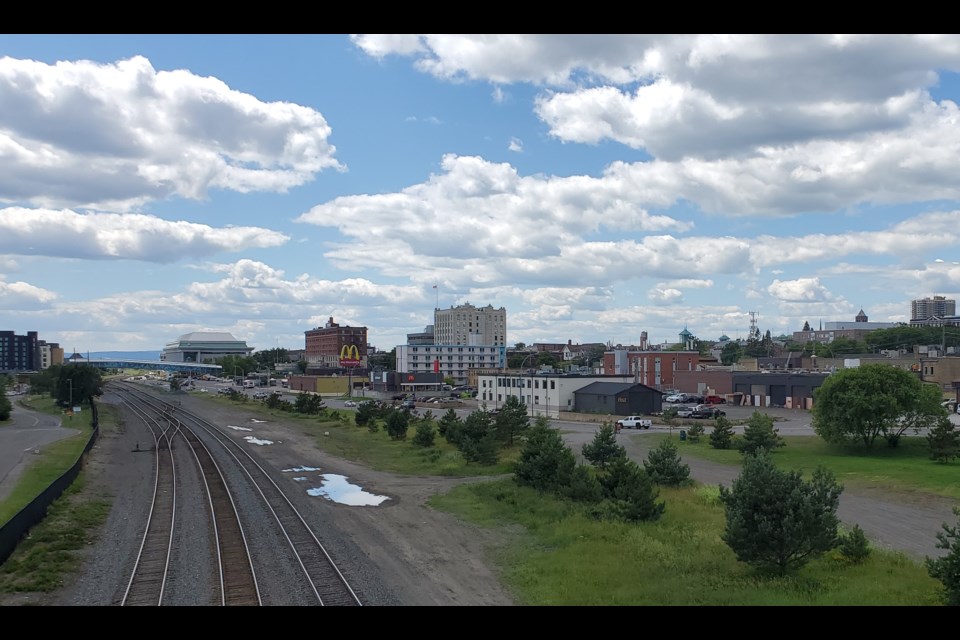THUNDER BAY — The Conference Board of Canada is painting an optimistic picture of Thunder Bay's economy this year, while cautioning that "risks are plentiful."
The board is a not-for-profit think tank that researches and analyzes economic trends, organizational performance and public policy issues.
In a new report under the headline Firing on All Cylinders, the Conference Board predicts real GDP growth of 3.9 per cent in the city for 2022, with forestry, tourism and transportation returning to pre-pandemic levels.
This follows a strong performance in 2021 when GDP increased by 4.2 per cent.
If the forecast for this year holds true, it will be the city's strongest two-year economic growth in more than two decades.
It marks a significant rebound from 2020, when local GDP fell about 7 per cent in the first year of the COVID-19 pandemic.
This year, the city is not immune to the impact of high inflation and rising interest rates on households' purchasing power, but the board says some area industries are seeing improved profitability from high resource prices.
This is expected to bolster forestry, mining and transportation while consumer spending and housing activity take a hit.
The tourism industry, accommodation and food services, arts and culture and other service industries such as hairdressing, house cleaning and vehicle repair are predicted to post robust growth this year and next.
The Conference Board also says a continuing recovery into 2023, a tight labour market in which vacant jobs are plentiful but available workers are scarce, and options for working from home should help improve Thunder Bay's attractiveness to immigrants.
"This could be an opportunity for the city, especially as the federal government ramps up international immigration targets over the next few years," the report states.
Employment in Thunder Bay surged over the past year, causing the jobless rate to plummet from 8.0 per cent at the beginning of 2021 to an average of just 4.9 per cent in the first quarter of this year.
The Conference Board says this strong footing supports its call for further job gains of 6.0 per cent in 2022, resulting in total employment of about 65,000.
This would come close to breaking the record set nearly 20 years ago.
The board's economics team notes that "a significant upside" risk to its current growth forecast is the pending construction of the $1.2 billion Thunder Bay Correctional Complex.
Work on this project will begin in late summer or early fall, and won't be finished until 2026.
Even though the Conference Board believes the economic rebound is on pace to extend into 2023, it cautions that risks are plentiful, especially if the Bank of Canada is unable to control inflation.
It also points to significant downside risks resulting from the volatile global geopolitical situation.
Looking farther ahead, real GDP growth in the city is currently forecast to slow to 1.0 per cent annually on average between 2023 to 2026, with the area population holding steady at around 125,000.
NOTE: An earlier version of this story has been updated to note that Thunder Bay's GDP fell by about 7 per cent in 2020
